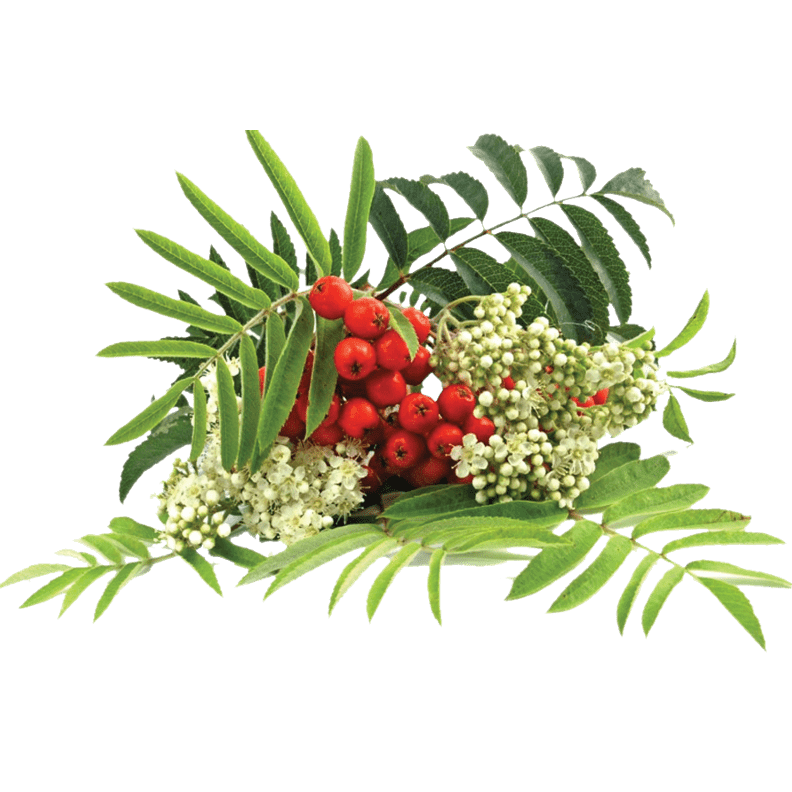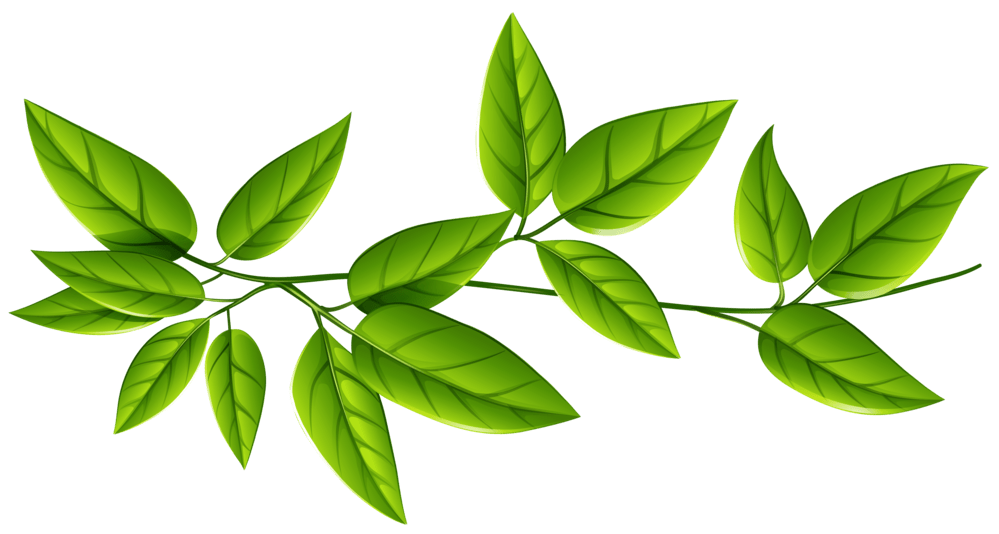White & Red Hawthorn
Crataegi flos et folium – Hawthorn flower and leaf
Crataegus monogyna, Crataegus oxyachantha L. – Rosaceae

White and red hawthorn are thorny shrubs or low trees. Young branches are slightly hairy or bare, with thorns at the ends of shoots or in their axils. The leaves are rhombic to ovate. There are up to 12 flowers in the inflorescence, the corolla is white to pink in color, the flowers are fragrant. The fruit is a red drupe with one seed. White hawthorn is more common.
Medicinal parts of white and red hawthorn are the leaf with the flower. Leaf and flower contain flavonoid heterosides, while the flowers themselves contain hyperoside and vitexin. In addition to the mentioned compounds, hawthorn also contains oligomeric procyanidins.

Flavoniod heterosides, together with hawthorn oligomeric procyanidins, have a positive effect on the cardiovascular system, increase blood flow through the myocardium, and reduce peripheral resistance in blood vessels. Hawthorn has antiarrhythmic, as well as antihypertensive effect (lowers high blood pressure).
It is recommended for use in mild forms of heart failure, arrhythmias, hypertension (high blood pressure), atherosclerosis and cerebral insufficiency. The active principles of the flower with hawthorn leaf exhibit antioxidant activity and protect cells from the attack of free radicals, which are the cause of many diseases in the body.
Many clinical trials have shown that the disease Covid-19 (caused by the new SARS-Cov-2 virus) is the cause of a large number of complications, even in people who had a mild form of the disease. Complications are also expressed on the cardiovascular and cerebrovascular systems, therefore it is considered that hawthorn preparations play a major role in the control and prevention of further progression of the disease.
References
- Integrating complementary medicine into cardiovascular medicine. A report of the American College of Cardiology Foundation Task Force on Clinical Expert Consensus Documents (Writing Committee to Develop an Expert Consensus Document on Complementary and Integrative Medicine)
- Plants Used as Antihypertensive
- Crataegus special extract WS 1442: up-to-date review of experimental and clinical experiences
- In vitro and in vivo studies on the cardioprotective action of oligomeric procyanidins in a Crataegus extract of leaves and blooms
- Benefit-Risk Assessment of Crataegus Extract WS 1442: An Evidence-Based Review
- Medicinal Herbs in the Relief of Neurological, Cardiovascular, and Respiratory Symptoms after COVID-19 Infection A Literature Review
